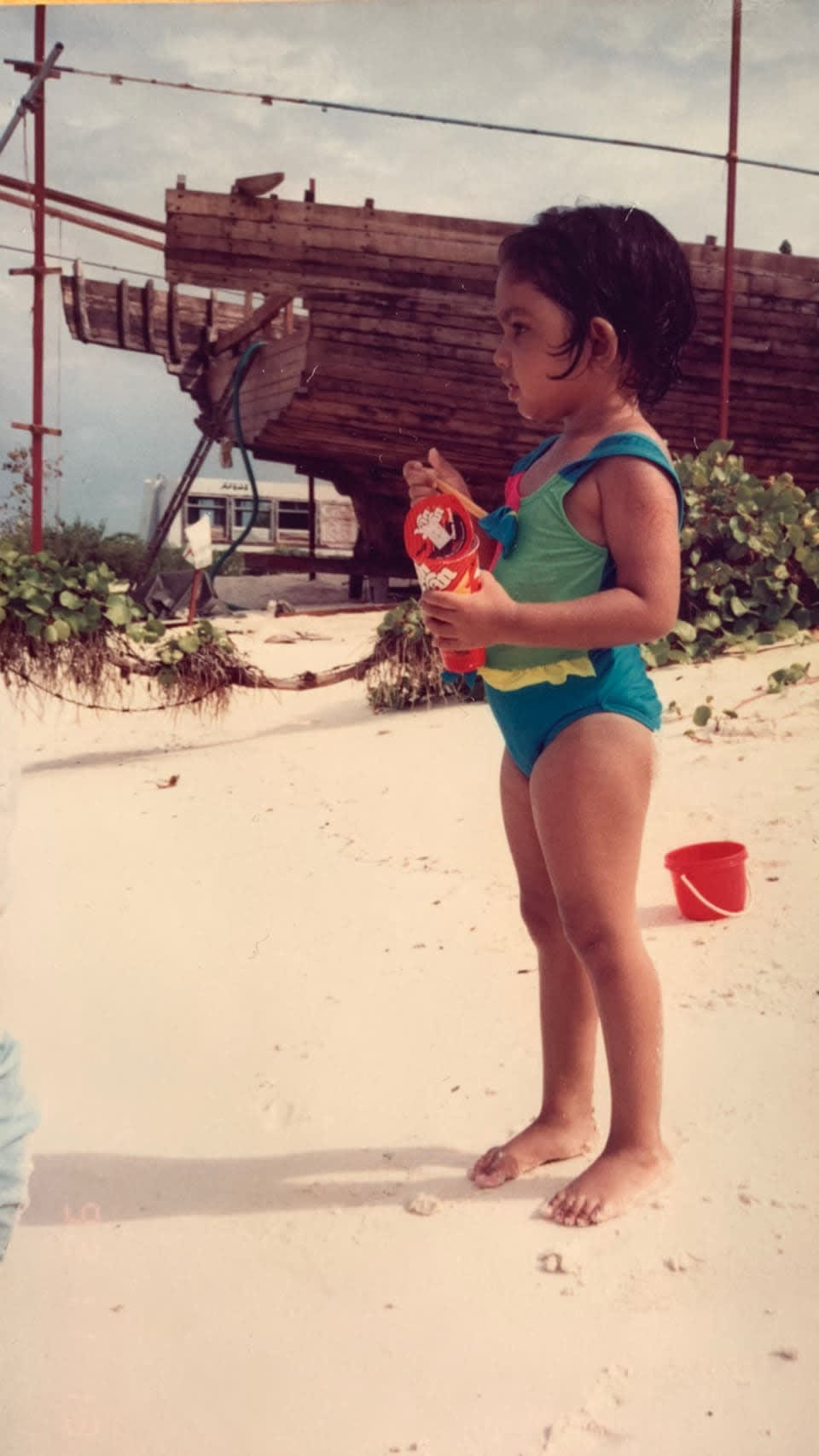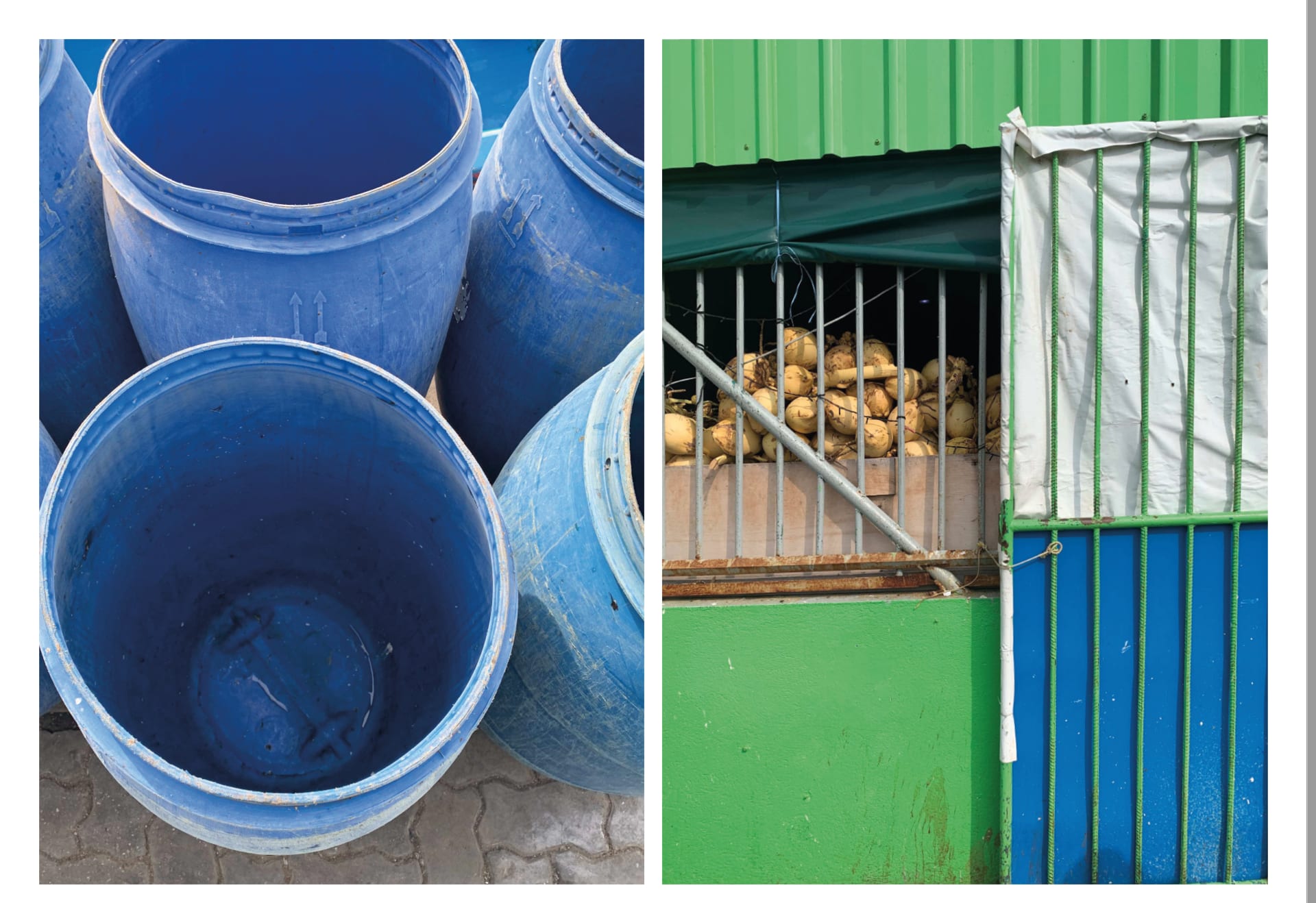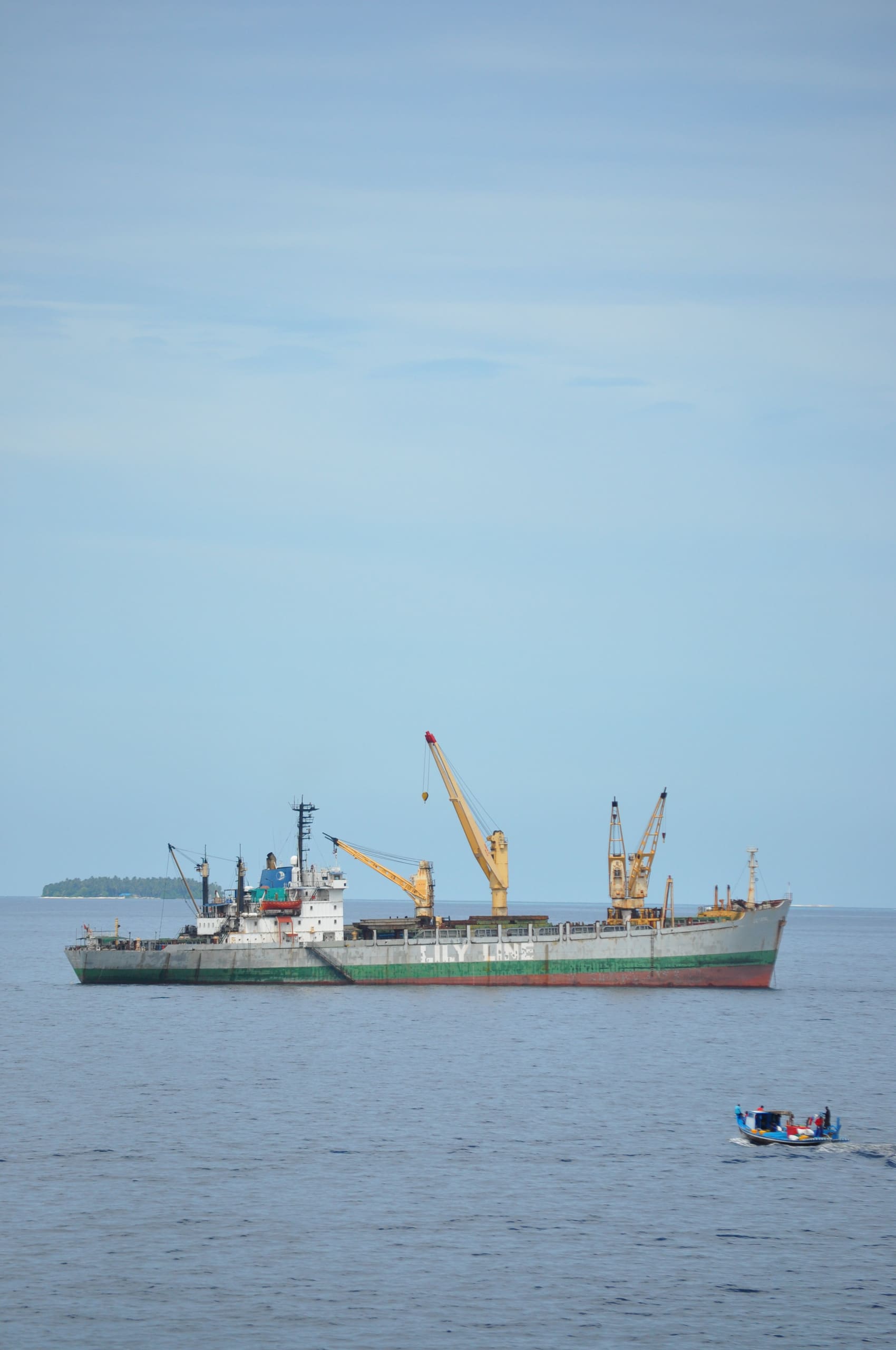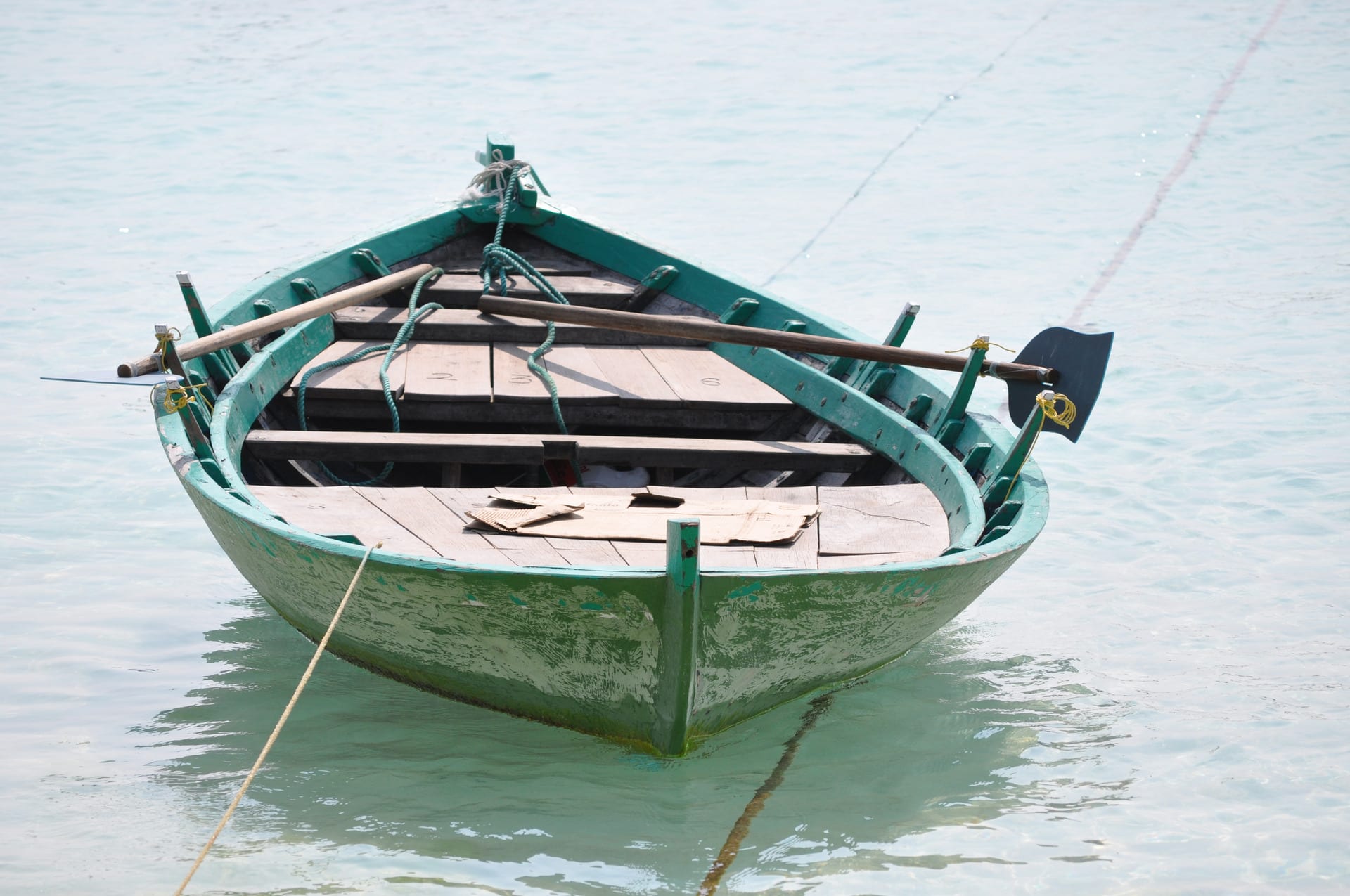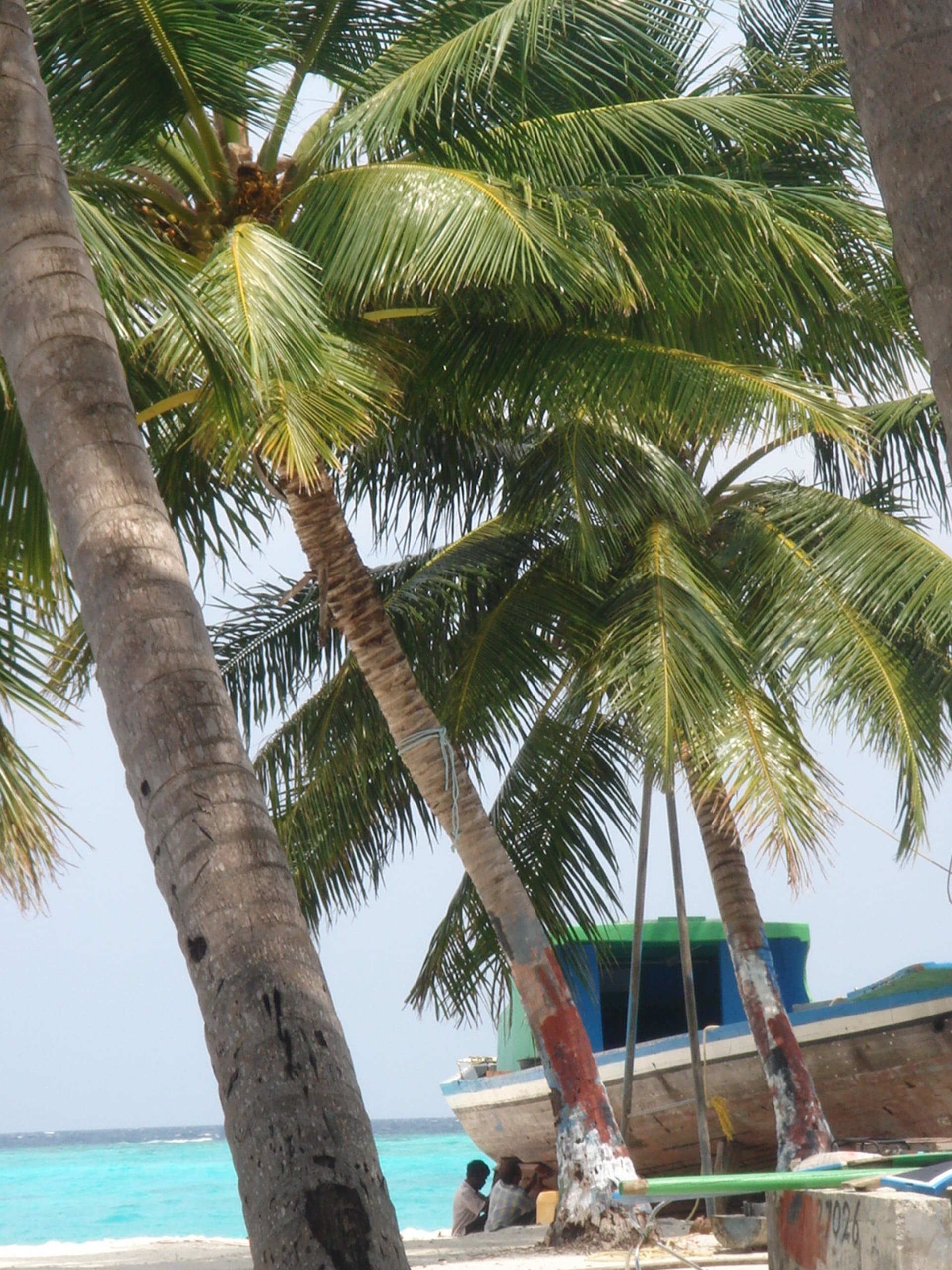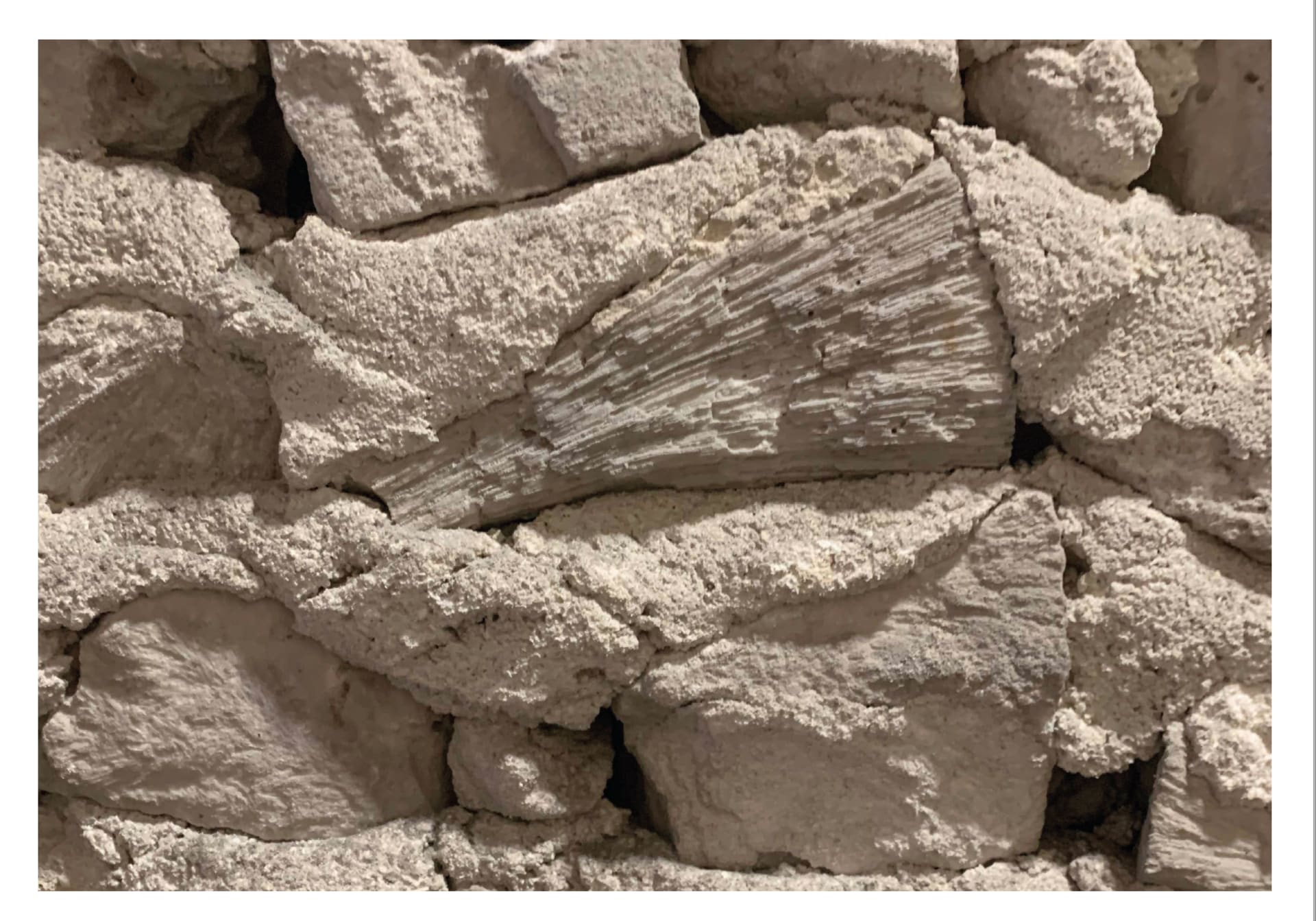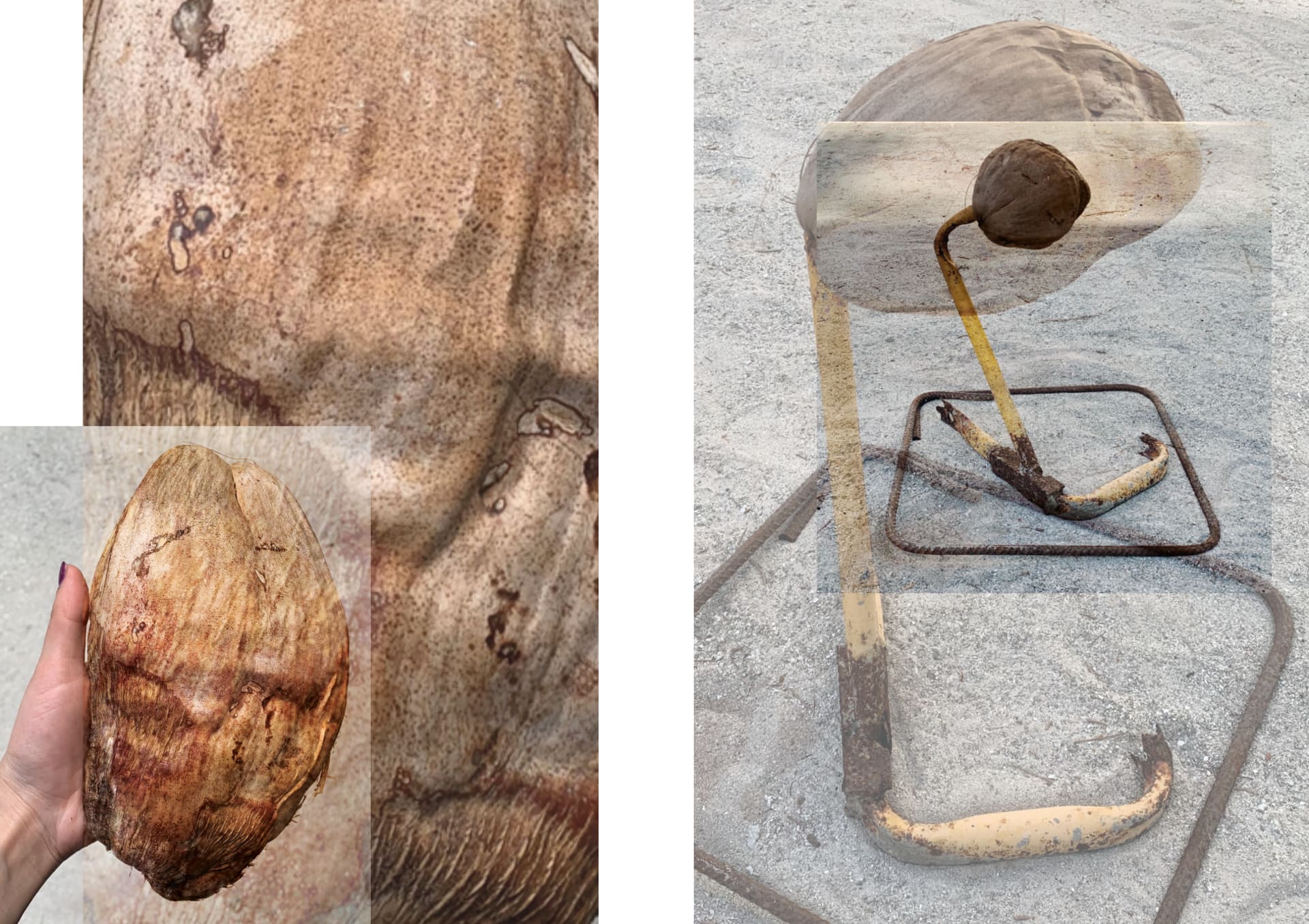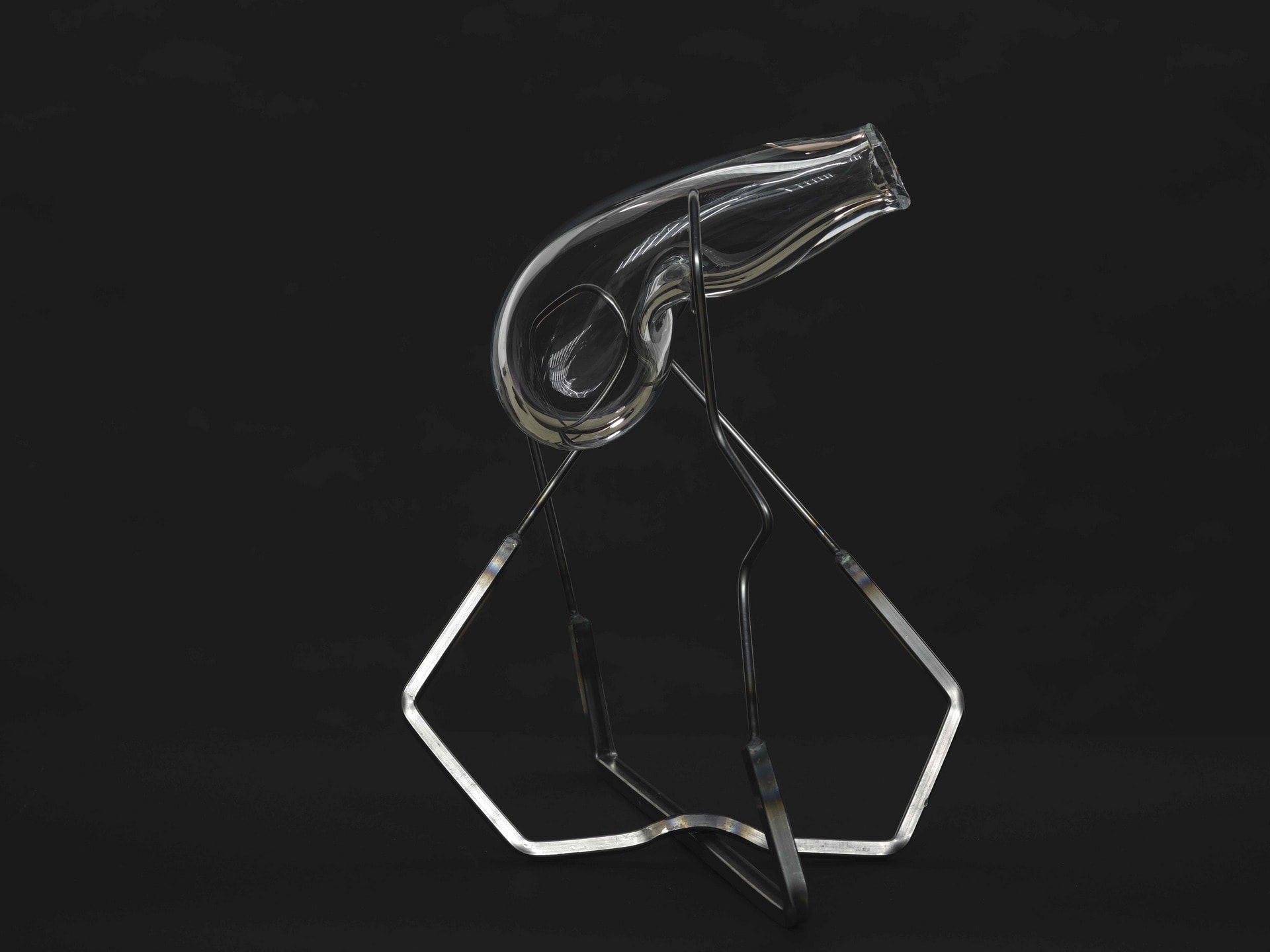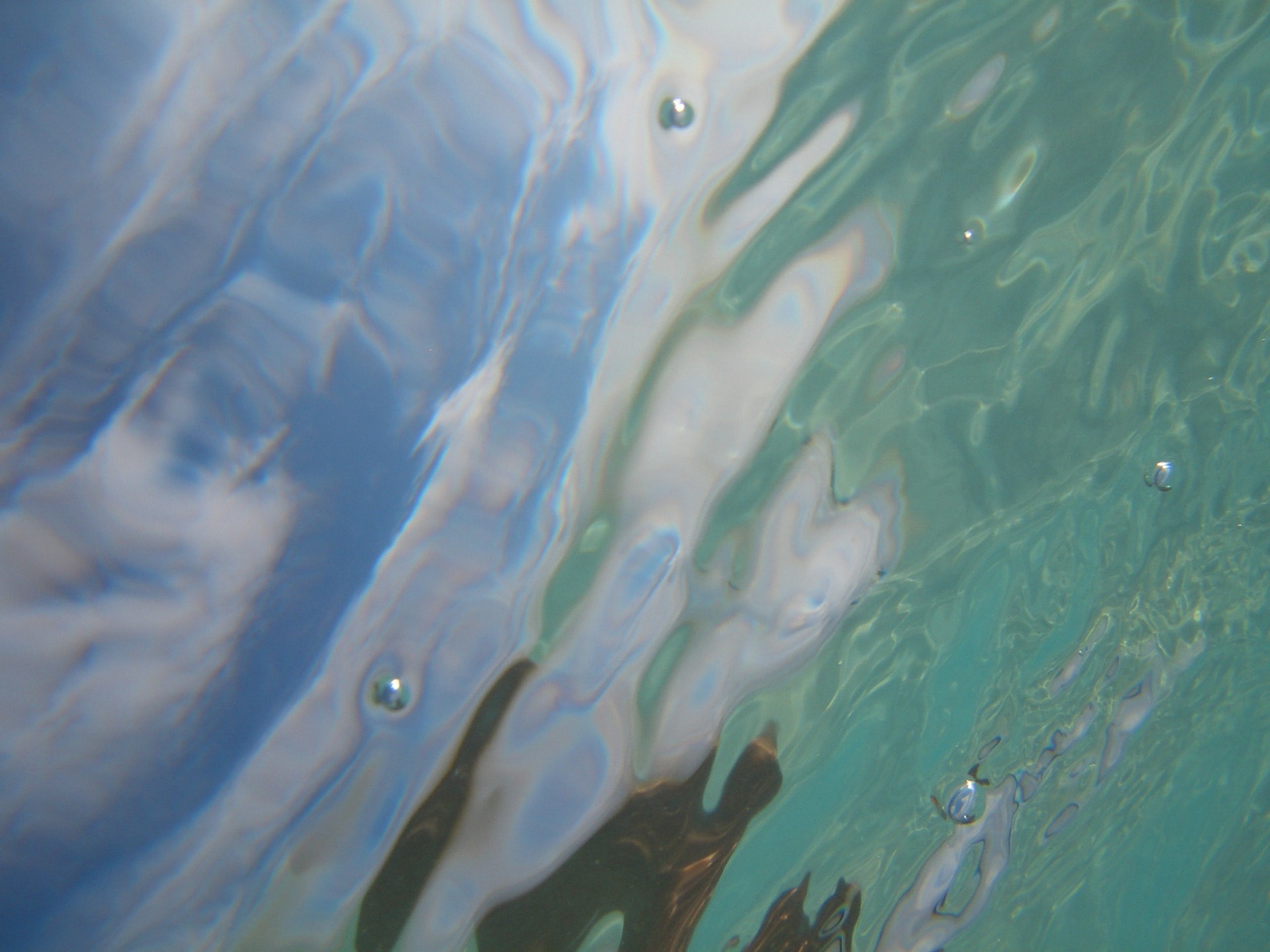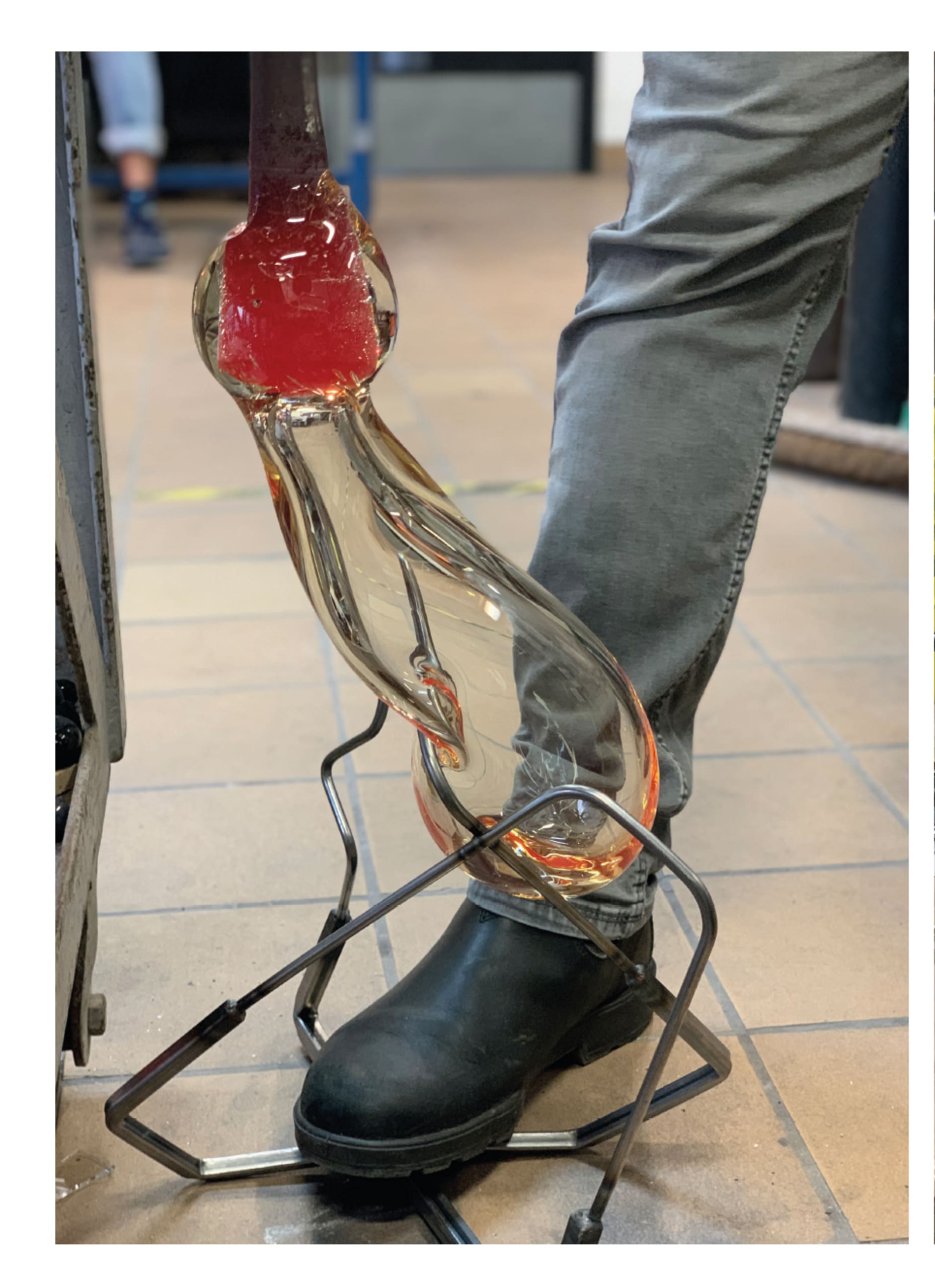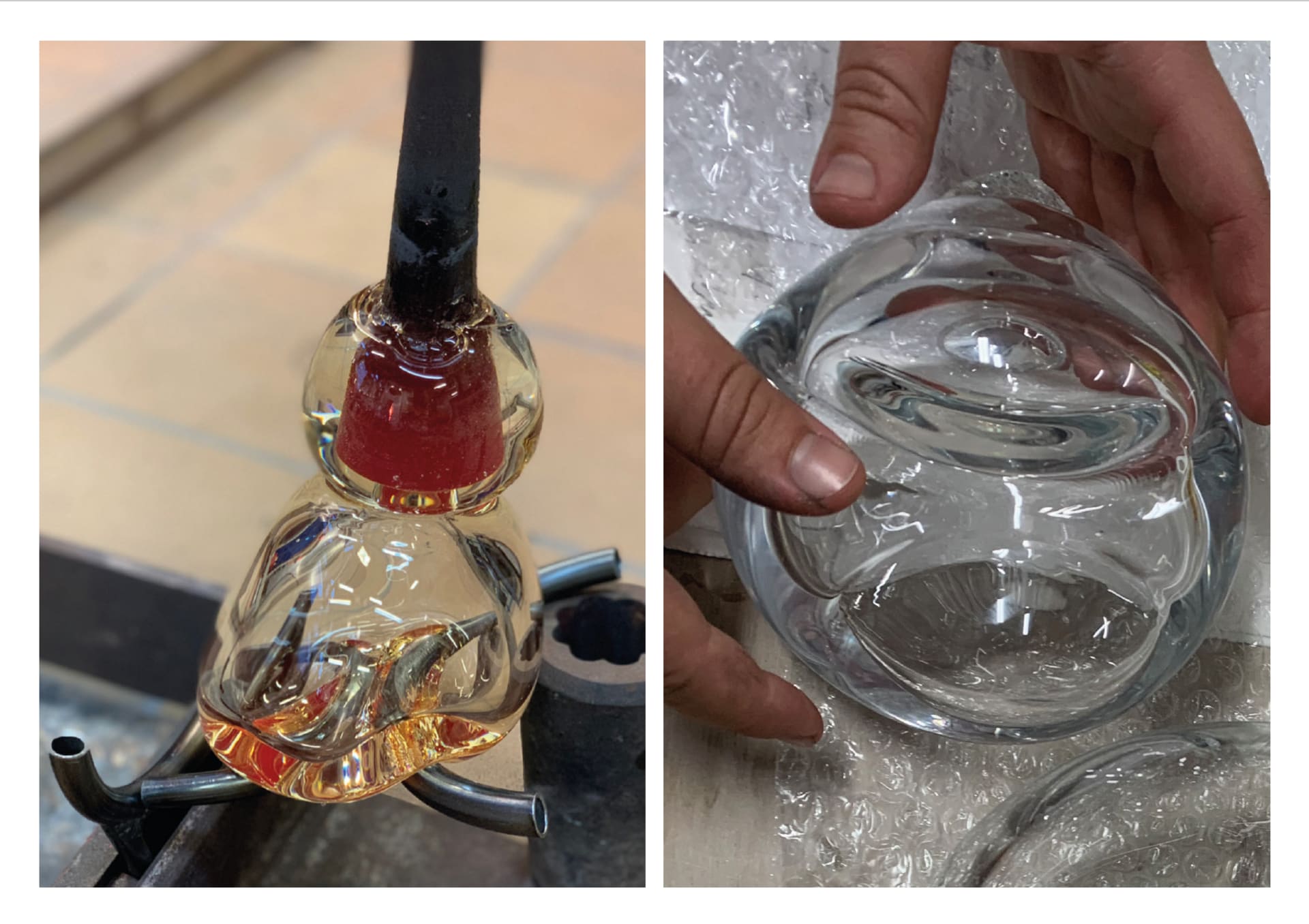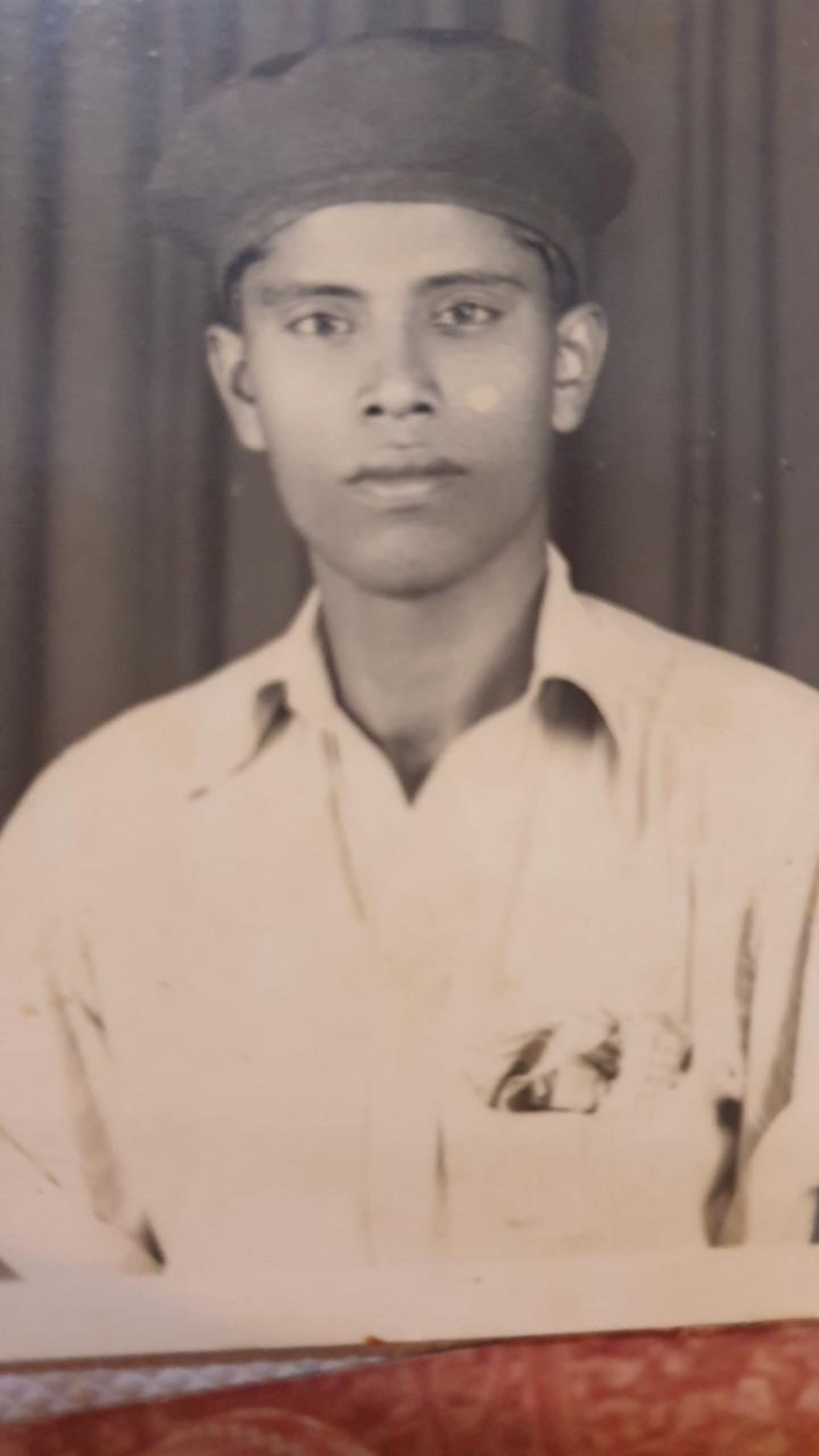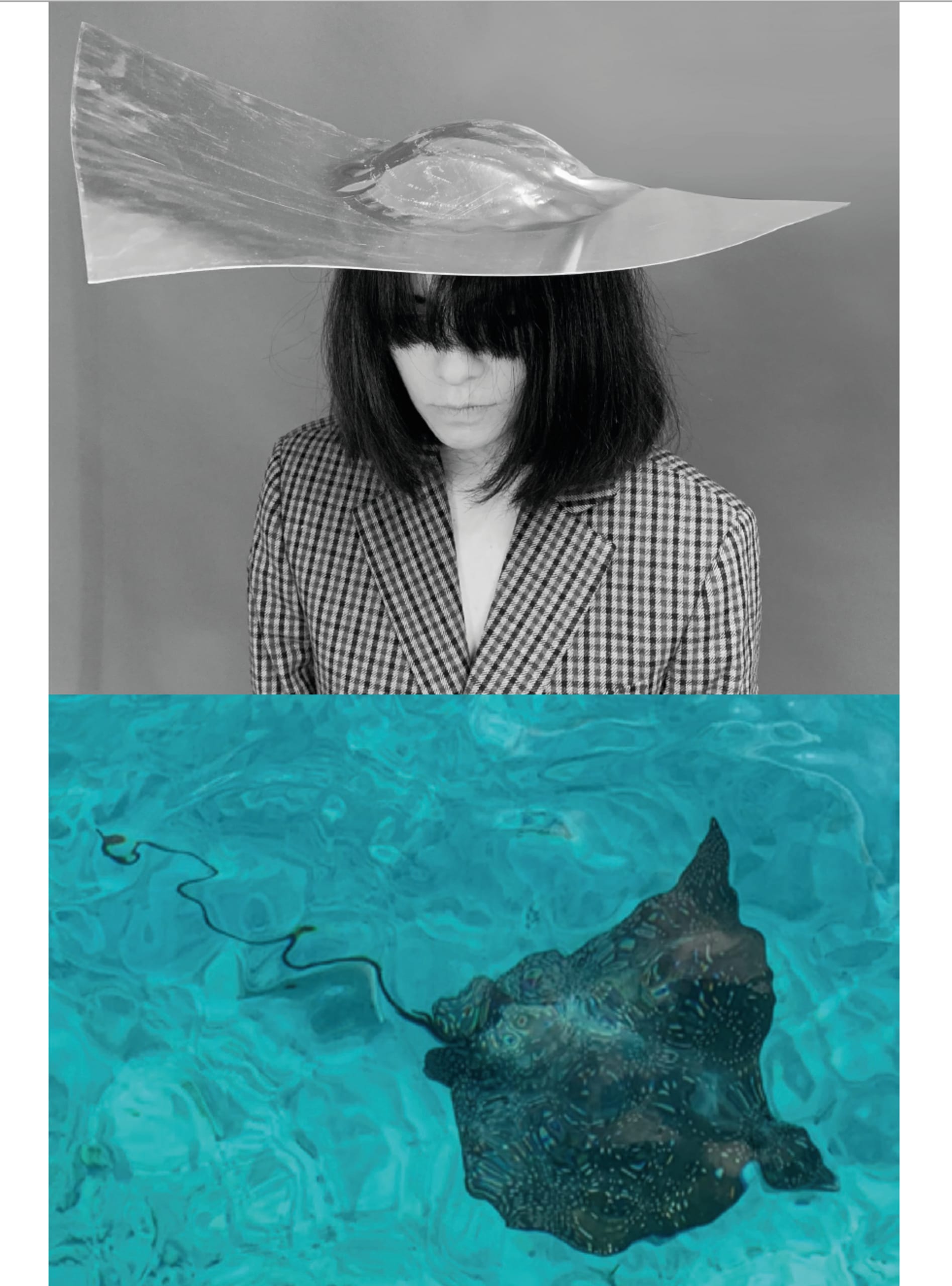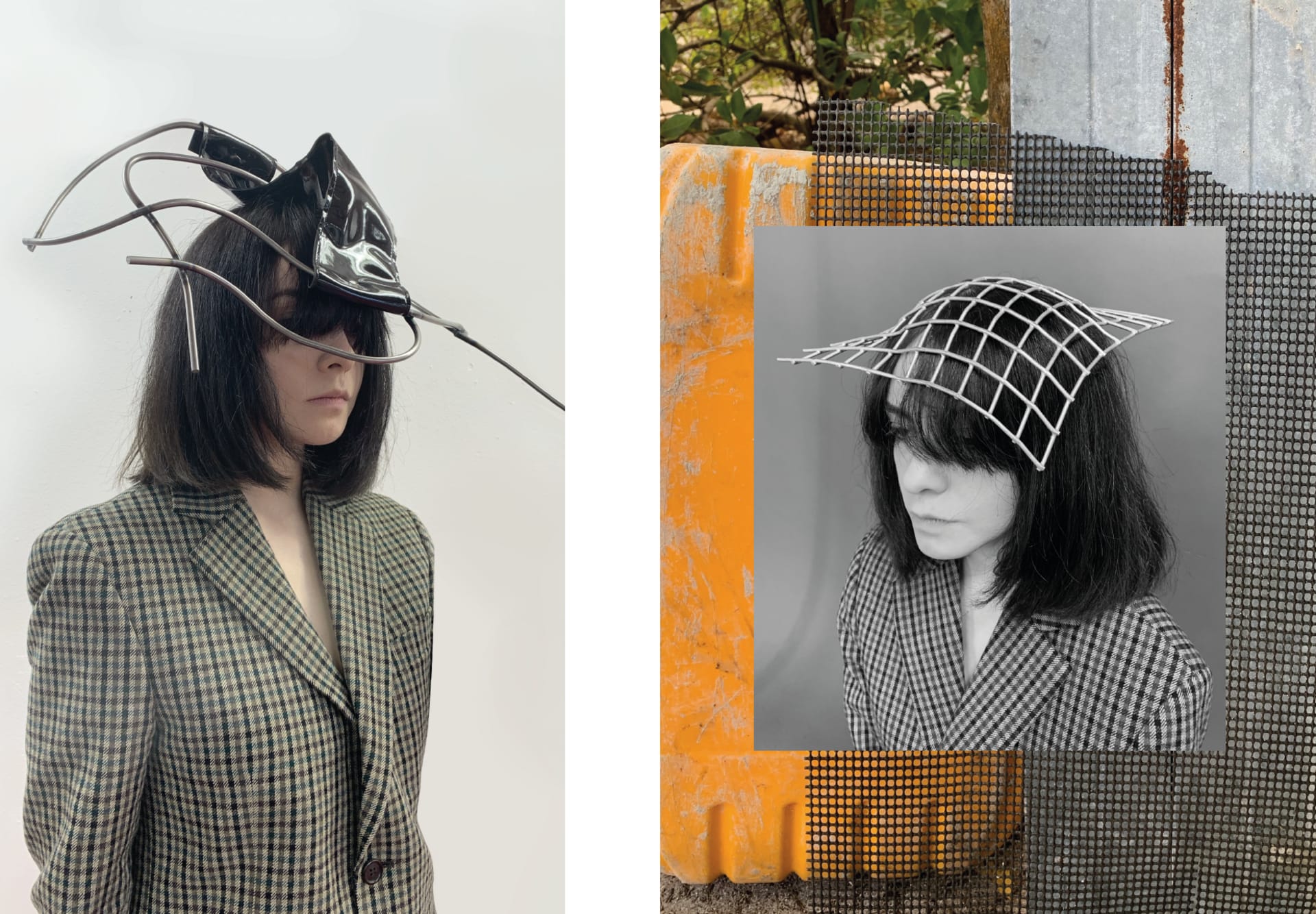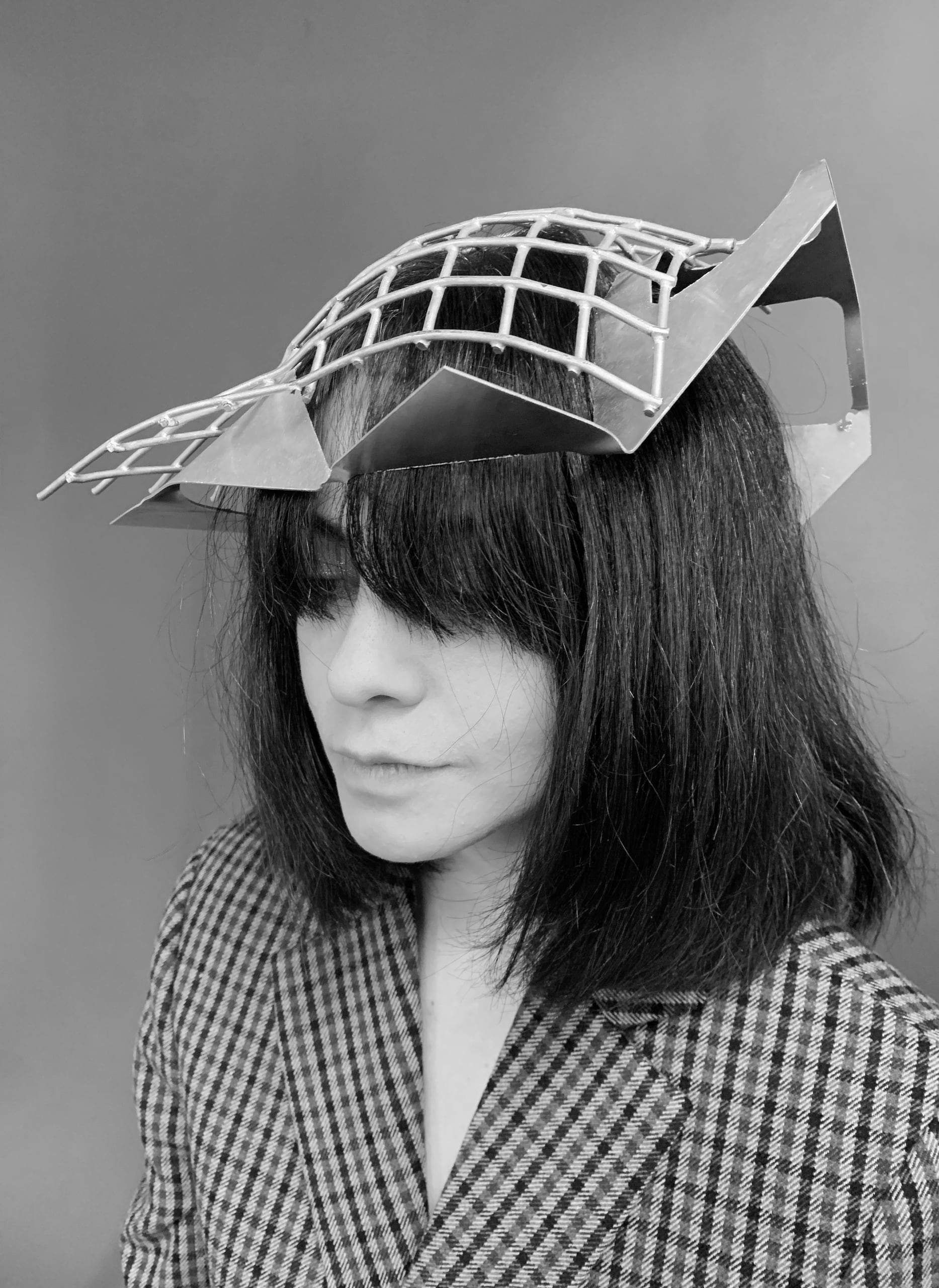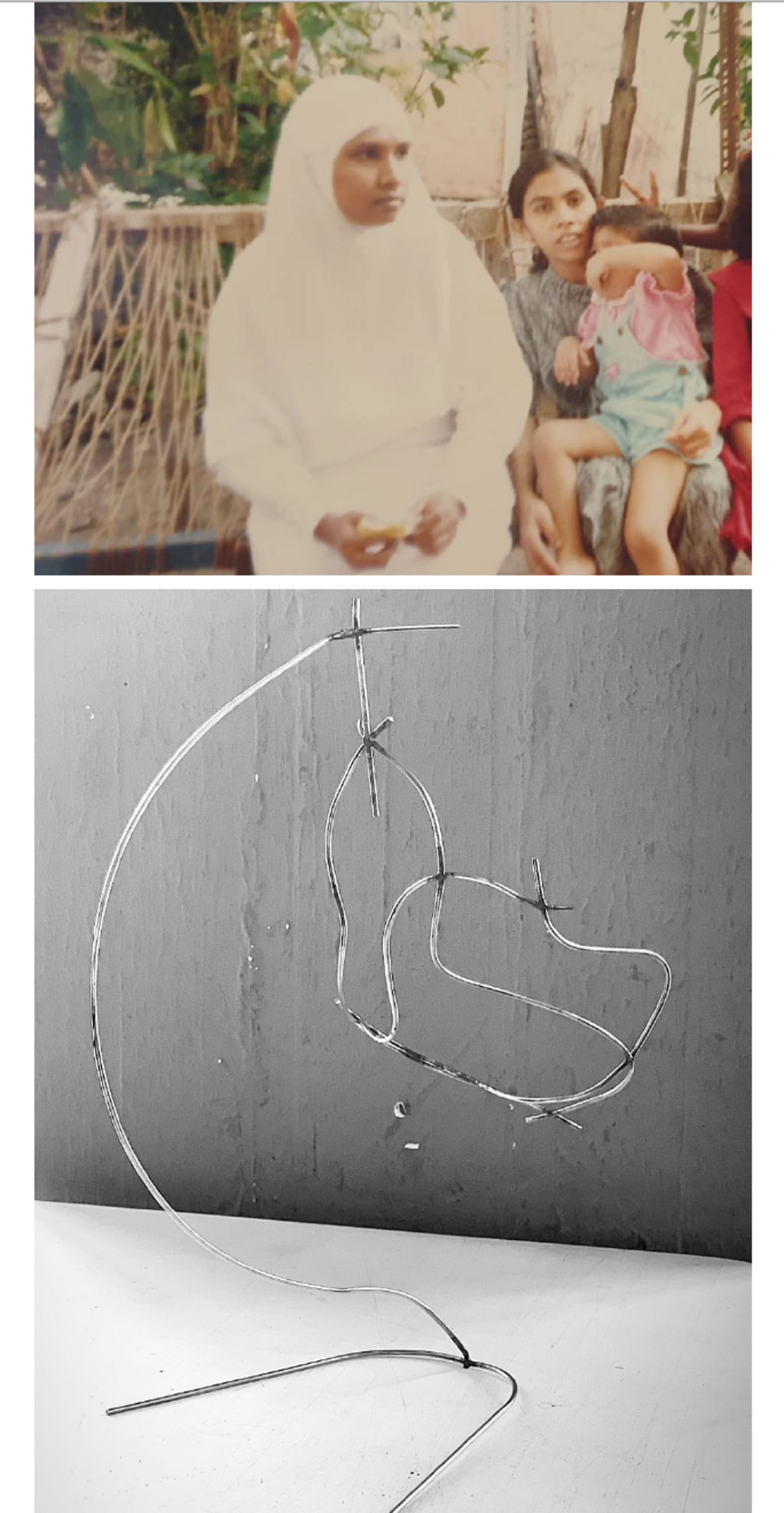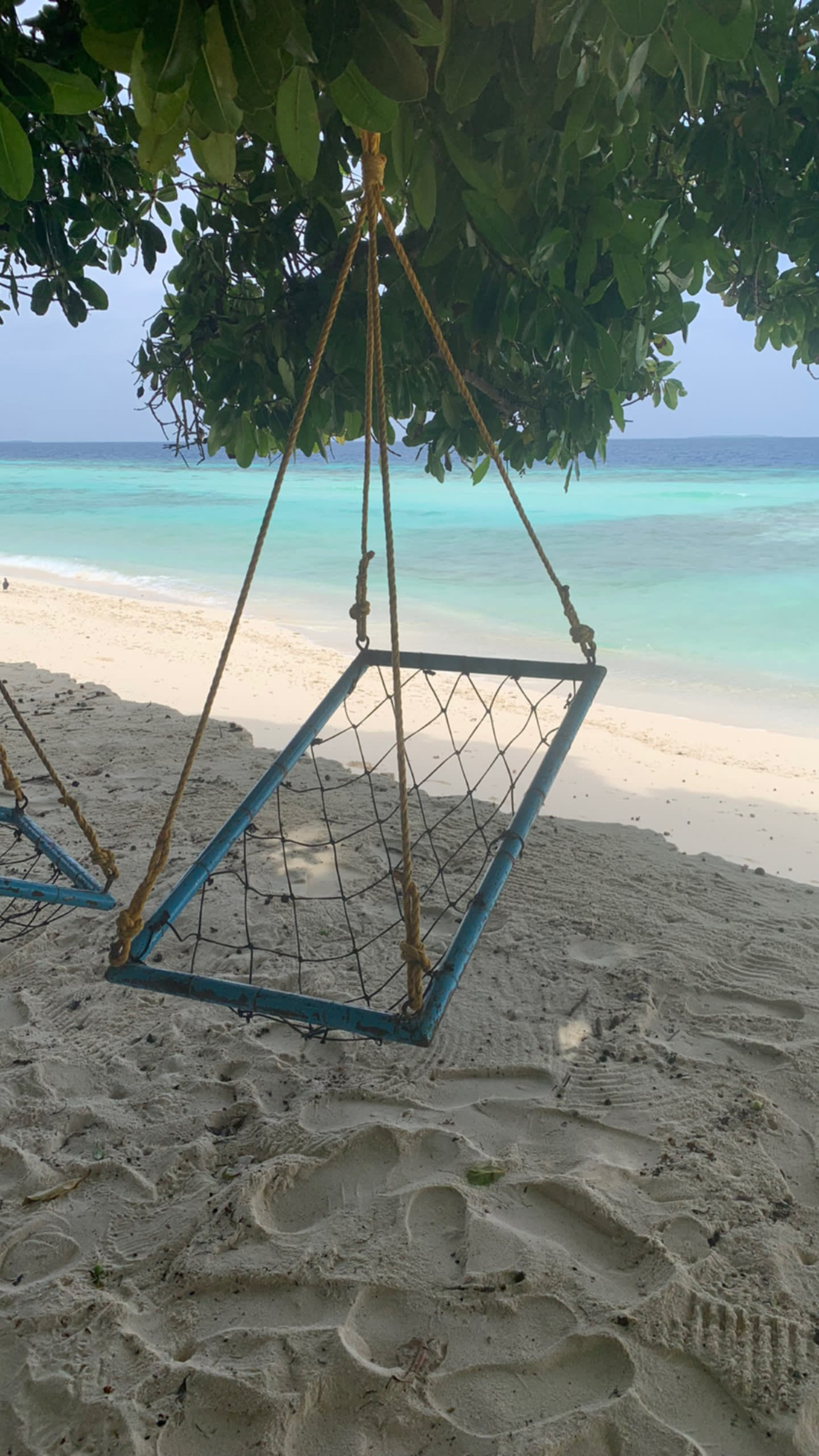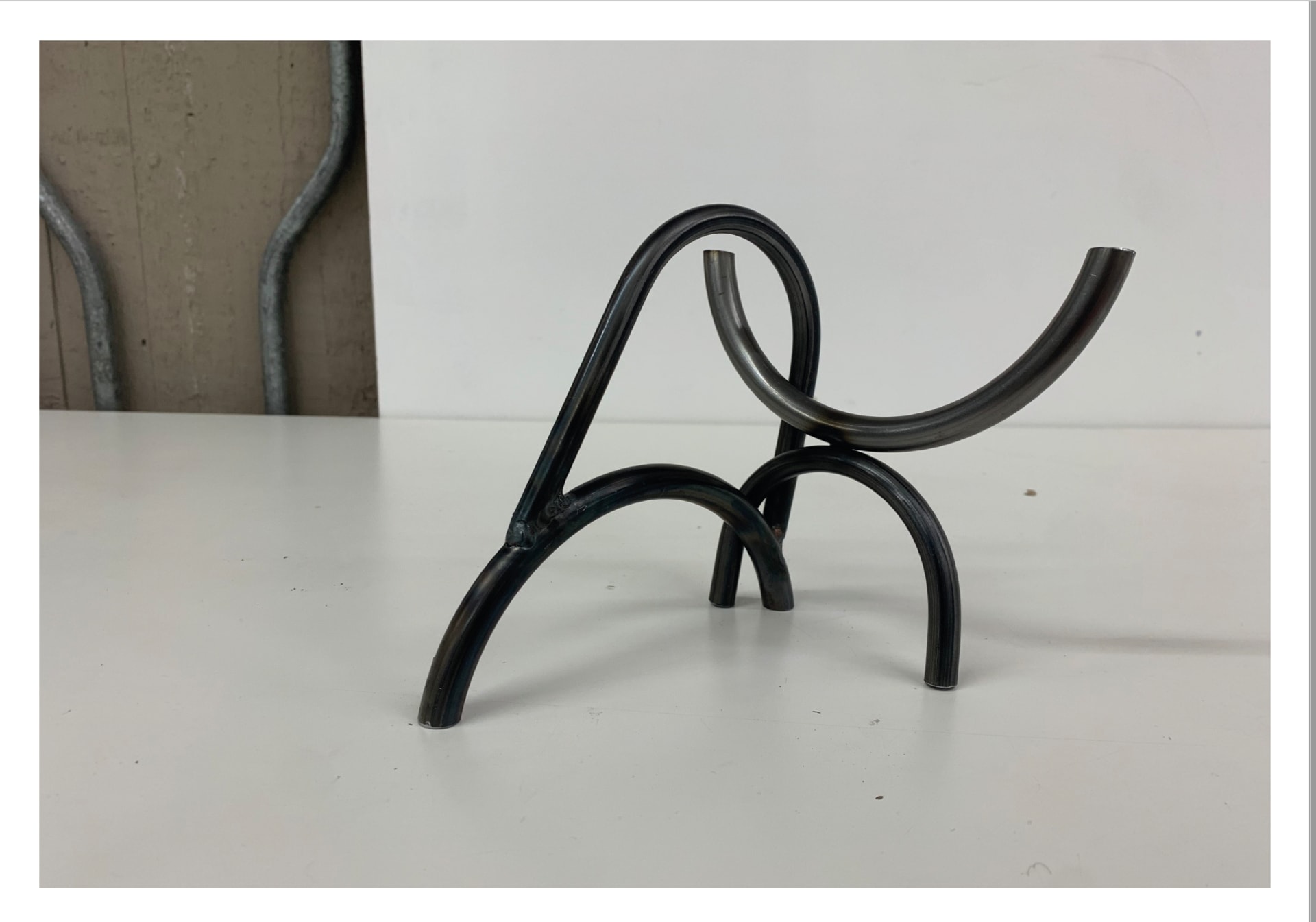Rooya is a multidisciplinary designer and artist currently based in London. With a background in art and product design, she is very much influenced by objects and sculpture. They are part of her identity, she has been surrounded by them since she was young and they have existed within her environment of Maldives and Melbourne.
During her childhood in Maldives, topics regarding the climate and overpopulation were discussed and this continued on whilst she did her BA in Industrial Design at RMIT, where she was introduced to further topics such as sustainability, product lifecycle, waste, materiality, inclusivity and community. These themes are heavily integrated into everything she designs, whether it be artefacts or systems. The idea of using existing waste materials and the concept of makeshift are ever present in her work.

